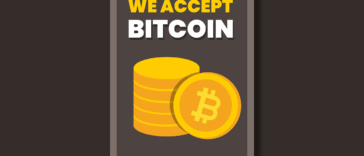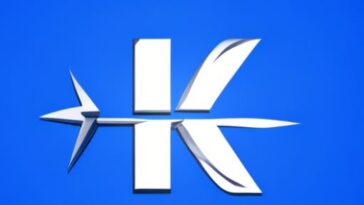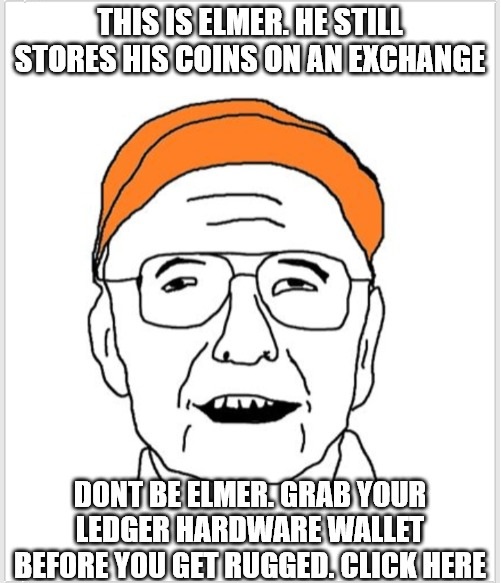
EigenLayer introduced EIGEN as a token recently. Despite its innovative nature, however, its airdrop has been met with dissatisfaction due to the geographic limitations and very limited allocation to the early adopters. The crypto community was frustrated by the large increase of withdrawals. This controversy gave other protocols, like Karak, the chance to take advantage of EigenLayer’s problems and increase their market share.
Contents
EigenLayer Introduces EIGEN
The month of April is a time for rejoicing. 29. EigenLayer released a new EIGEN token through a White Paper. The token can be used in apps which rely on subjective agreement. This includes prediction markets, cloud storage, gaming virtual machines, etc.
In the whitepaper, it is stated that EIGEN supports consensus for statements which cannot be verified directly on chain but are easily validated using data off-chain. Off-chain data can be used to verify that the statement “1 bitcoin equals 1 dollar” is incorrect. This new EIGEN coin will help to form consensus on these types of statements. It calls them “high concordance” with faults that are intersubjectively attributable.
EigenLayer’s EIGEN is based on the same concept as Augur’s REP, which also was meant to be used for intersubjective agreement but was limited to prediction market. EIGEN, on the other hand, is described as a token that can be used in many different contexts. The token can be used to isolate decentralized apps from each other during forks. It also helps determine the social consensus cost and compensates for user losses caused by faults.
After the publication of the whitepaper, there was a great deal of talk on social media about an airdrop.
Is EigenLayer Airdrop Generous?
EigenLayer announced in a blog post dated Apr. In a blog posted on 29 April, EigenLayer announced that 15% of the total 1,67 billion EIGEN supply would be distributed to community. Only 5% will be allocated to the early users of the first season. The rest is spread across the other seasons. The distribution plan with its small allocation for the early participants, and confusing documentation caused anger and frustration among users.
The tokens will not be able to be traded until a later date, which is hard to predict. EigenLayer explained that this restriction was put in place to stabilise key features, such as payments and reduce parameters prior to full liquidity. The linear airdrop distribution model, in which the tokens are directly tied to staked amounts, was also not well received. The majority of critics appear to agree with the idea that this method favors large stakeholders and ignores smaller ones.
Airdrops are also subject to very strict geographical restrictions. Users from around 30 countries, such as major markets in the United States and Canada, China, Russia, or Canada, cannot claim their EIGEN Tokens. EigenLayer will block any attempts made to circumvent these restrictions by using VPNs.
Henrik Andersson, from Apollo Capital, believes that the reactions of the crypto-community are too dramatic. Andersson praised the total 15% allocation and backed the linear distribution system for being fair and secure against Sybil attacks. Andersson also pointed out the ease of stakedrop and the fact that the users don’t need to sign transactions or connect their wallets to check the allocations.
EigenLayer Faces Mass Withdrawals
Even with Andersson’s optimistic outlook, it seems that people are still very unsatisfied with EigenLayer. EigenLayer is in fact experiencing a massive exodus due to dissatisfaction over its EIGEN Airdrop.
Data from Dune Analytics shows that over 12,412 requests for withdrawals have been made since April 29. 29 withdrawals were made, which is about 11.6% out of the 107,000 depositors. On the first day, there were 4,336 withdraws. The next day saw 6,496 withdrawals. The exact size of the withdrawals is not known. However, this amount of exits may cause EigenLayer to reduce its total value locked from $14.8 billion down to just over $13 billion.
This mass withdrawal appears to have been triggered by the decision of the Protocol to exclude certain participants from participating in its airdrop. The protocol’s TVL is expected to be greatly affected by this move in the next few weeks.
Anndy Lian is an expert in intergovernmental blockchain. She believes that excluding regions where TVL participants may have actively restaked their assets could result in a significant decrease of the overall financial stability of the protocol. EigenLayer’s withdrawal processing takes seven days, so the impact will be felt in the coming weeks.
What is EigenLayer
EigenLayer, a protocol on the Ethereum platform that uses a concept called restaking to enhance cryptoeconomic security. It is an important component of the blockchain. This protocol enables users to rehypothecate Ethereum (ETH), extending the crypto-economic security contribution to other applications built on Ethereum. The protocol not only expands security on the Ethereum network, but it also allows new applications and projects to be validated.
As more applications join the Ethereum network, the security becomes fragmented. The security of middleware applications and non-EVM apps is fragmented, and this can make it costly and slow.
EigenLayer solves this problem by allowing users to restake ETH. This ETH is then used to deploy other applications in the Ethereum eco-system. The opt-in system allows users to grant EigenLayer extra enforcement rights on their staked assets.
EigenLayer allows the use of staked ETH for other applications, such as bridges or data layers. These are essential for expanding the network. This protocol includes additional conditions for slashing to encourage compliance and prevent dishonesty. The design ensures staked ETH can be used to secure Ethereum, but it also allows for a wider range of applications.
New Challenger for EigenLayer
Karak, an Ethereum-based protocol for restaking has seen its TVL increase by 25% in the last week to exceed $440,000,000. Many people speculated that Karak might be a threat to EigenLayer. After the disappointing airdrop by EigenLayer, interest in Karak is steadily growing. Experts now think that it may start to eat into EigenLayer’s market share.
Anndy Lian is a blockchain specialist and author. She suggests that Karak’s support for a wide range of assets such as Ether, different staking tokens and restaking, stablecoins and liquidity provider tokens and Wrapped bitcoin, allows it to be attractive to a variety of users. Karak has a distinct advantage over EigenLayer, as EigenLayer only supports a limited range of assets.
Karak has attracted a lot of attention due to its impressive financial results. The protocol closed its $48 million Series A round of funding at the beginning of April. This pushed the valuation to over $1 billion.



















Comments
Loading…